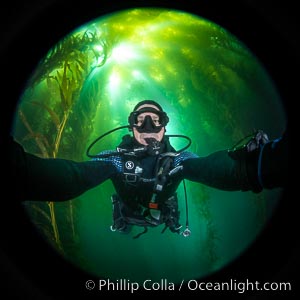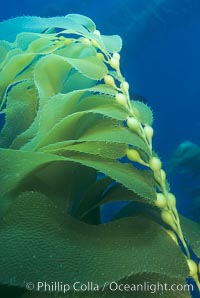
Kelp frond showing pneumatocysts.
Species: Giant kelp, Macrocystis pyrifera
Location: Santa Barbara Island, California
Image ID: 02435
Species: Giant kelp, Macrocystis pyrifera
Location: Santa Barbara Island, California
Image ID: 02435
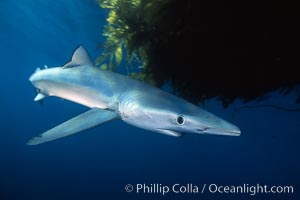
Blue shark and offshore drift kelp paddy, open ocean.
Species: Blue shark, Macrocystis pyrifera, Prionace glauca
Location: San Diego, California
Image ID: 01078
Species: Blue shark, Macrocystis pyrifera, Prionace glauca
Location: San Diego, California
Image ID: 01078
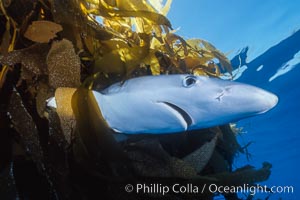
Blue shark and offshore drift kelp paddy, open ocean.
Species: Blue shark, Macrocystis pyrifera, Prionace glauca
Location: San Diego, California
Image ID: 01081
Species: Blue shark, Macrocystis pyrifera, Prionace glauca
Location: San Diego, California
Image ID: 01081
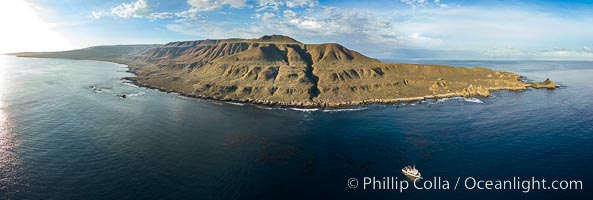
San Clemente Island aerial photo, Pyramid Head and Balanced Rock at the southern end of the island. San Clemente Island Pyramid Head, the distinctive pyramid shaped southern end of the island, exhibits distinctive geologic terracing, underwater reefs and giant kelp forests.
Location: San Clemente Island, California
Image ID: 38485
Panorama dimensions: 4232 x 12542
Location: San Clemente Island, California
Image ID: 38485
Panorama dimensions: 4232 x 12542
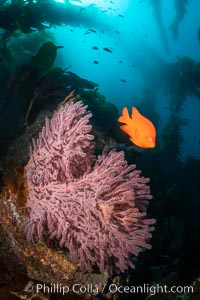
Garibaldi and Brown Gorgonian Muricea fruticosa, Catalina Island, with giant kelp stands reaching from the reef to the surface of the ocean in the distance. The clown prince of the kelp forest, the Garibaldi, alternately poses for me and chirps at me to move away from his gorgonian.
Location: Catalina Island, California
Image ID: 37157
Location: Catalina Island, California
Image ID: 37157
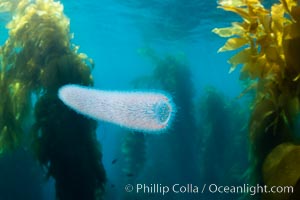
Pyrosome drifting through a kelp forest, Catalina Island. Pyrosomes are free-floating colonial tunicates that usually live in the upper layers of the open ocean in warm seas. Pyrosomes are cylindrical or cone-shaped colonies made up of hundreds to thousands of individuals, known as zooids.
Location: Catalina Island, California
Image ID: 37166
Location: Catalina Island, California
Image ID: 37166
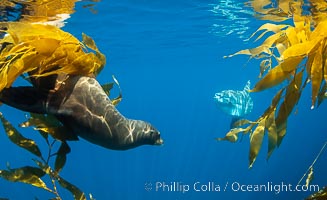
California sea lion watches an ocean sunfish, Mola mola, on drift kelp paddy, underwater. This adult female California sea lion was hanging out underneath a paddy of drift kelp, well offshore the coastline of San Diego.
Species: Ocean sunfish, California sea lion, Mola mola, Zalophus californianus
Location: San Diego, California
Image ID: 38536
Species: Ocean sunfish, California sea lion, Mola mola, Zalophus californianus
Location: San Diego, California
Image ID: 38536
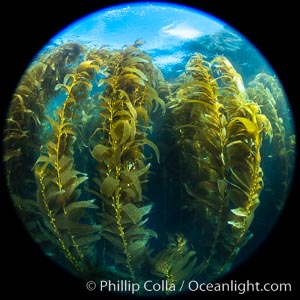
Giant Kelp Forest, West End Catalina Island, rendered in the round by a circular fisheye lens.
Species: Giant kelp, Macrocystis pyrifera
Location: Catalina Island, California
Image ID: 37279
Species: Giant kelp, Macrocystis pyrifera
Location: Catalina Island, California
Image ID: 37279
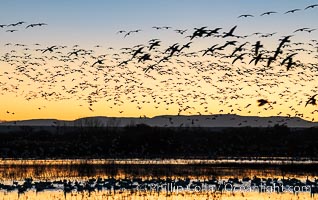
Snow geese fly in huge numbers at sunrise. Thousands of wintering snow geese take to the sky in predawn light in Bosque del Apache's famous "blast off". The flock can be as large as 20,000 geese or more.
Species: Snow goose, Chen caerulescens
Location: Bosque del Apache National Wildlife Refuge, Socorro, New Mexico
Image ID: 38742
Species: Snow goose, Chen caerulescens
Location: Bosque del Apache National Wildlife Refuge, Socorro, New Mexico
Image ID: 38742
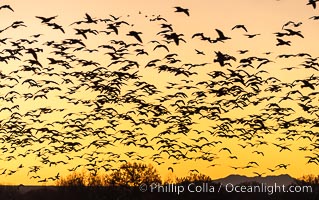
Snow geese fly in huge numbers at sunrise. Thousands of wintering snow geese take to the sky in predawn light in Bosque del Apache's famous "blast off". The flock can be as large as 20,000 geese or more.
Species: Snow goose, Chen caerulescens
Location: Bosque del Apache National Wildlife Refuge, Socorro, New Mexico
Image ID: 38715
Species: Snow goose, Chen caerulescens
Location: Bosque del Apache National Wildlife Refuge, Socorro, New Mexico
Image ID: 38715
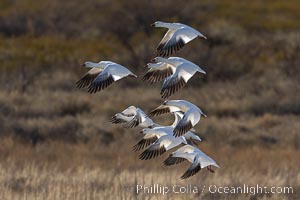
Snow Geese in Flight, Bosque del Apache NWR.
Species: Snow goose, Chen caerulescens
Location: Bosque del Apache National Wildlife Refuge, Socorro, New Mexico
Image ID: 38717
Species: Snow goose, Chen caerulescens
Location: Bosque del Apache National Wildlife Refuge, Socorro, New Mexico
Image ID: 38717
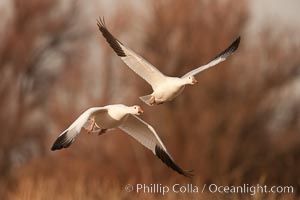
Snow geese in flight.
Species: Snow goose, Chen caerulescens
Location: Bosque Del Apache, Socorro, New Mexico
Image ID: 26196
Species: Snow goose, Chen caerulescens
Location: Bosque Del Apache, Socorro, New Mexico
Image ID: 26196
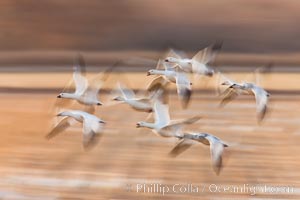
Snow geese in flight, wings are blurred in long time exposure as they are flying.
Species: Snow goose, Chen caerulescens
Location: Bosque Del Apache, Socorro, New Mexico
Image ID: 26211
Species: Snow goose, Chen caerulescens
Location: Bosque Del Apache, Socorro, New Mexico
Image ID: 26211
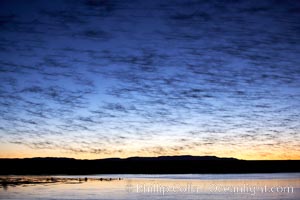
Snow geese at dawn. Snow geese often "blast off" just before or after dawn, leaving the ponds where they rest for the night to forage elsewhere during the day.
Species: Snow goose, Chen caerulescens
Location: Bosque del Apache National Wildlife Refuge, Socorro, New Mexico
Image ID: 21800
Species: Snow goose, Chen caerulescens
Location: Bosque del Apache National Wildlife Refuge, Socorro, New Mexico
Image ID: 21800
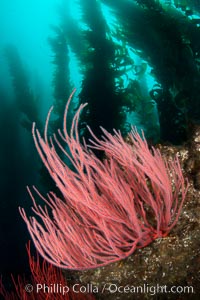
Red gorgonian on rocky reef, below kelp forest, underwater. The red gorgonian is a filter-feeding temperate colonial species that lives on the rocky bottom at depths between 50 to 200 feet deep. Gorgonians are oriented at right angles to prevailing water currents to capture plankton drifting by.
Species: Red gorgonian, Leptogorgia chilensis, Lophogorgia chilensis
Location: San Clemente Island, California
Image ID: 25394
Species: Red gorgonian, Leptogorgia chilensis, Lophogorgia chilensis
Location: San Clemente Island, California
Image ID: 25394
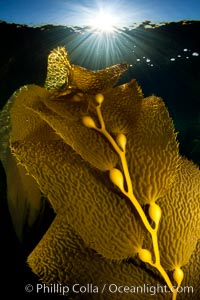
Kelp fronds and pneumatocysts. Pneumatocysts, gas-filled bladders, float the kelp plant off the ocean bottom toward the surface and sunlight, where the leaf-like blades and stipes of the kelp plant grow fastest. Giant kelp can grow up to 2' in a single day given optimal conditions. Epic submarine forests of kelp grow throughout California's Southern Channel Islands.
Species: Giant kelp, Macrocystis pyrifera
Location: San Clemente Island, California
Image ID: 25396
Species: Giant kelp, Macrocystis pyrifera
Location: San Clemente Island, California
Image ID: 25396
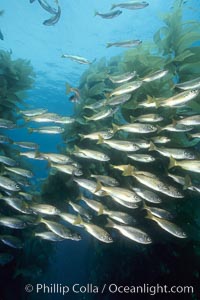
Salema schooling amid kelp forest.
Species: Salema, Macrocystis pyrifera, Xenistius californiensis
Location: Catalina Island, California
Image ID: 01022
Species: Salema, Macrocystis pyrifera, Xenistius californiensis
Location: Catalina Island, California
Image ID: 01022
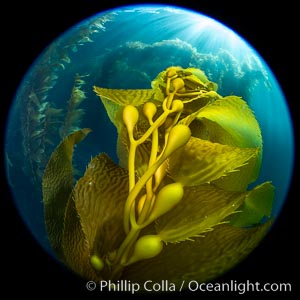
Kelp fronds and pneumatocysts. Pneumatocysts, gas-filled bladders, float the kelp off the ocean bottom toward the surface and sunlight, where the leaf-like blades and stipes of the kelp plant grow fastest. Catalina Island, California.
Species: Giant kelp, Macrocystis pyrifera
Location: Catalina Island, California
Image ID: 37282
Species: Giant kelp, Macrocystis pyrifera
Location: Catalina Island, California
Image ID: 37282
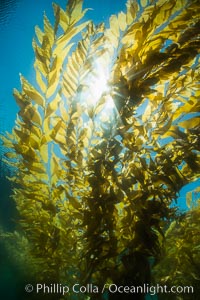
The Kelp Forest offshore of La Jolla, California. A kelp forest. Giant kelp grows rapidly, up to 2' per day, from the rocky reef on the ocean bottom to which it is anchored, toward the ocean surface where it spreads to form a thick canopy. Myriad species of fishes, mammals and invertebrates form a rich community in the kelp forest. Lush forests of kelp are found throughout California's Southern Channel Islands.
Species: Giant kelp, Macrocystis pyrifera
Image ID: 30986
Species: Giant kelp, Macrocystis pyrifera
Image ID: 30986
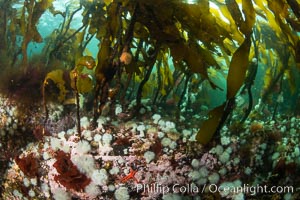
Metridium senile anemones cover the reef below a forest of bull kelp, Browning Pass, Vancouver Island.
Species: Bull kelp, Plumose anemone, Metridium senile, Nereocystis luetkeana
Location: British Columbia, Canada
Image ID: 35289
Species: Bull kelp, Plumose anemone, Metridium senile, Nereocystis luetkeana
Location: British Columbia, Canada
Image ID: 35289
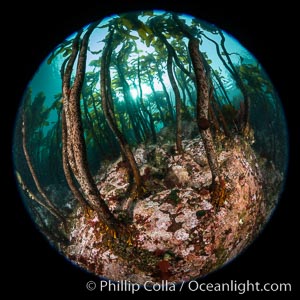
A forest of bull kelp rises above a colorful cold water reef, rich with invertebrate life. Browning Pass, Vancouver Island.
Species: Bull kelp, Nereocystis luetkeana
Location: British Columbia, Canada
Image ID: 35295
Species: Bull kelp, Nereocystis luetkeana
Location: British Columbia, Canada
Image ID: 35295
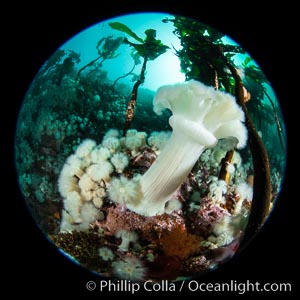
A forest of bull kelp rises above a colorful cold water reef, rich with invertebrate life. Browning Pass, Vancouver Island.
Species: Bull kelp, Giant plumose anemone, Metridium farcimen, Nereocystis luetkeana
Location: British Columbia, Canada
Image ID: 35299
Species: Bull kelp, Giant plumose anemone, Metridium farcimen, Nereocystis luetkeana
Location: British Columbia, Canada
Image ID: 35299
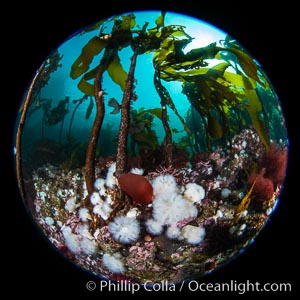
Metridium senile anemones cover the reef below a forest of bull kelp, Browning Pass, Vancouver Island.
Species: Bull kelp, Plumose anemone, Metridium senile, Nereocystis luetkeana
Location: British Columbia, Canada
Image ID: 35300
Species: Bull kelp, Plumose anemone, Metridium senile, Nereocystis luetkeana
Location: British Columbia, Canada
Image ID: 35300
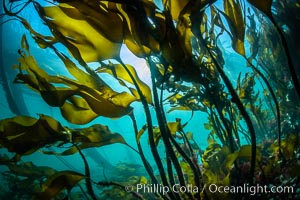
Bull kelp forest near Vancouver Island and Queen Charlotte Strait, Browning Pass, Canada.
Species: Bull kelp, Nereocystis luetkeana
Location: British Columbia, Canada
Image ID: 35331
Species: Bull kelp, Nereocystis luetkeana
Location: British Columbia, Canada
Image ID: 35331
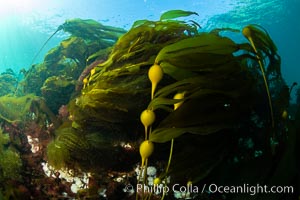
Bull kelp forest near Vancouver Island and Queen Charlotte Strait, Browning Pass, Canada.
Species: Bull kelp, Nereocystis luetkeana
Location: British Columbia, Canada
Image ID: 35337
Species: Bull kelp, Nereocystis luetkeana
Location: British Columbia, Canada
Image ID: 35337
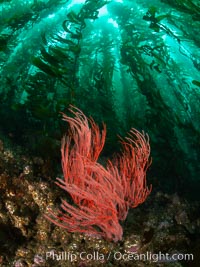
Red gorgonian on rocky reef, below kelp forest, underwater. The red gorgonian is a filter-feeding temperate colonial species that lives on the rocky bottom at depths between 50 to 200 feet deep. Gorgonians are oriented at right angles to prevailing water currents to capture plankton drifting by.
Species: Red gorgonian, Leptogorgia chilensis, Lophogorgia chilensis
Location: Santa Barbara Island, California
Image ID: 35825
Species: Red gorgonian, Leptogorgia chilensis, Lophogorgia chilensis
Location: Santa Barbara Island, California
Image ID: 35825
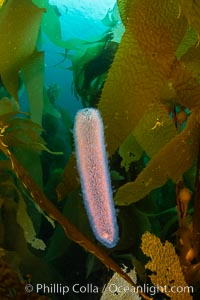
Pyrosome in Kelp Forest, Santa Barbara Island.
Species: Pyrosome, Pyrosoma
Location: Santa Barbara Island, California
Image ID: 35826
Species: Pyrosome, Pyrosoma
Location: Santa Barbara Island, California
Image ID: 35826
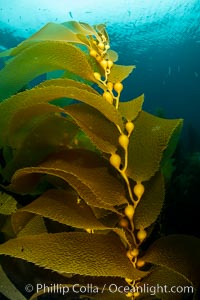
Kelp fronds showing pneumatocysts, bouyant gas-filled bubble-like structures which float the kelp plant off the ocean bottom toward the surface, where it will spread to form a roof-like canopy.
Location: Santa Barbara Island, California
Image ID: 35827
Location: Santa Barbara Island, California
Image ID: 35827
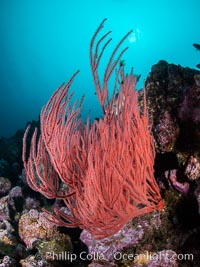
Red gorgonian on rocky reef, below kelp forest, underwater. The red gorgonian is a filter-feeding temperate colonial species that lives on the rocky bottom at depths between 50 to 200 feet deep. Gorgonians are oriented at right angles to prevailing water currents to capture plankton drifting by.
Species: Red gorgonian, Leptogorgia chilensis, Lophogorgia chilensis
Location: Santa Barbara Island, California
Image ID: 35828
Species: Red gorgonian, Leptogorgia chilensis, Lophogorgia chilensis
Location: Santa Barbara Island, California
Image ID: 35828
